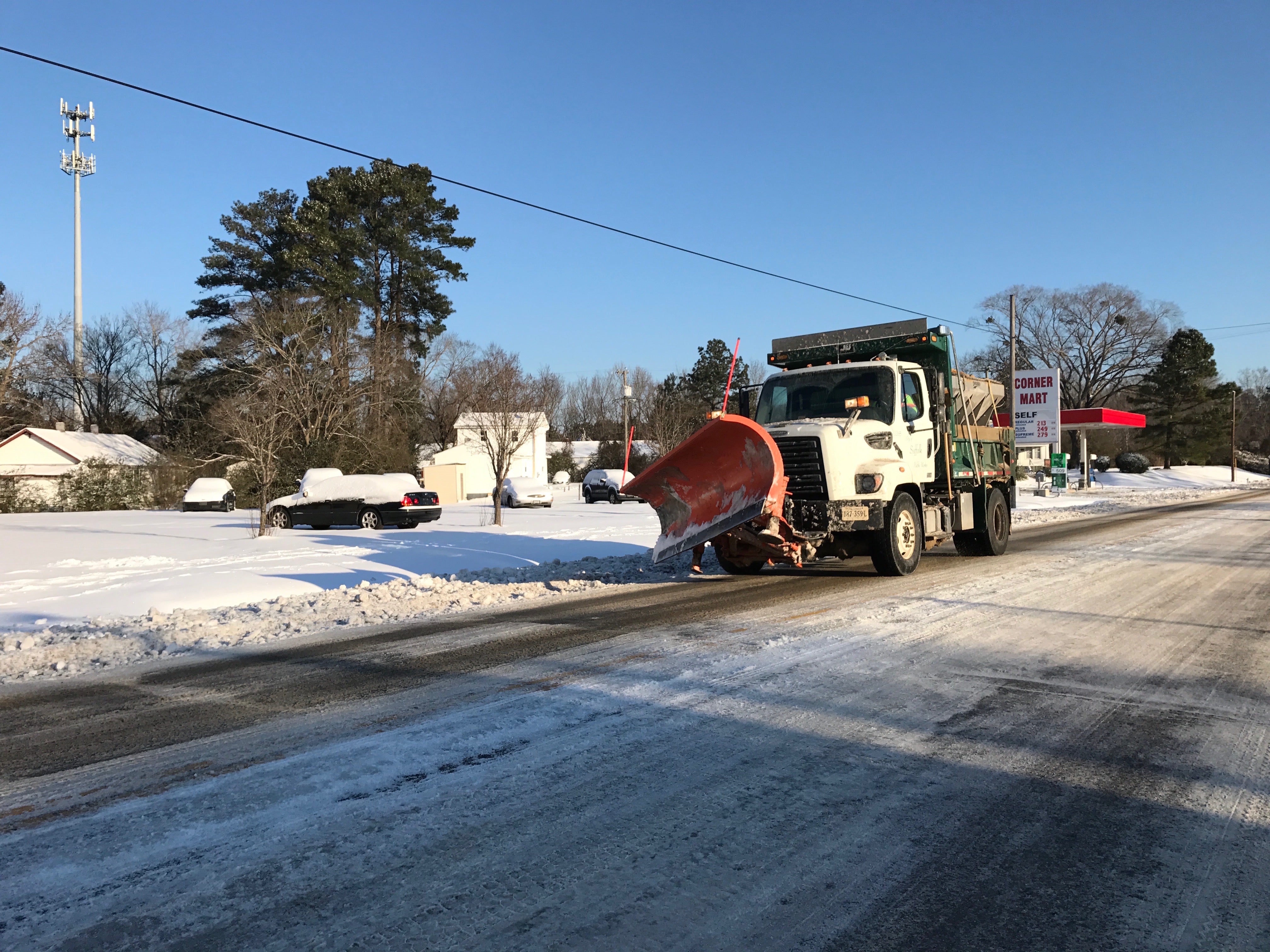Choosing clothes for cold weather boating
Published 12:00 am Tuesday, January 25, 2005
One of the biggest challenges one faces when they retire from the military and start a second career is what to wear. It is easy in the service: get up, put on your uniform and off you go. All in all the decision making process takes about 30 seconds.
As a civilian the choices are much different – do I wear the black suit with the white shirt and red &uot;power tie&uot; or do I wear a dark olive suit, tan shirt and brown tie? Decisions, decisions.
A trip to the Men’s Warehouse or similar clothing store helps get your started, but the ultimate decision is yours.
The same type of decision is faced before you go boating during the winter. However, unlike your clothing decision following transition to civilian life, the choices you make regarding what to wear when cold-weather boating may have a serious impact.
Located in Cleveland, with the responsibility for the Great Lakes, the men and women of Coast Guard District Nine have to face their share of cold weather search and rescue cases involving large merchant ships to recreational boaters. In 2002, the district released a press release regarding cold weather boating, which provided all kinds of recommendations for making a cold weather boating experience as safe as possible.
One suggestion I believe is especially important to highlight is the importance of an exposure suit. Of all the &uot;cold weather gear&uot; that boaters can bring with them, a properly-fitting exposure suit for everyone on board is the most important.
People in Virginia may ask why they need this expensive equipment. The water doesn’t get that cold.
Nothing could be further from the truth. Water temperatures routinely go to the low 40s in places like the Nansemond River or along the transit lanes leading to Norfolk and Newport News. If a boater, regardless of swimming capacity, falls into the water they have roughly an hour of survival time without the suit. According to the same District Nine release, if the water gets to 32 degrees or below a person in the water has less than 15 minutes!
Some may ask why an exposure suit is so important. The simple answer is that it keeps your natural body warmth with you, rather than losing it because of direct contact with cold water. I have worn exposure suits in Portland’s Fore River during a lifeboat drill and they are an amazing piece of equipment. The water temperature was a balmy 29 degrees and I remained very warm.
What other steps can you take regarding cold weather clothes? One thing I learned from commanding a Coast Guard patrol boat in Maine is that &uot;layering&uot; your clothes is imperative. Didn’t matter if you were getting underway for a fishery patrol in the Gulf of Maine or preparing to go skiing at Sunday River, layered clothes were the way to go.
The Ohio Department of Natural Resources adds to my recommendation by breaking down their clothing recommendations into two areas: protective layers and insulating fabrics. Protective layers are the outer cover that keeps wind and water away from the next layer. I have a Gore-Tex-made jacket which is wonderful, but the Ohio Department of Natural Resources also points out on its Web site that other new microfibers are ideal.
The second half of the Ohio DNR’s recommendation is for insulating fabrics. These are the wonderful pieces of clothes that can be either natural or man-made, which trap the heat next to you.
If you use the layered approach, start with a polypropylene garment and work outward. By using this approach you will remain warm and comfortable.
The important thing here is to pay careful attention to how well your garment is constructed and exactly what it is made of.
For more information on the Ohio DNR’s cold weather recommendations please go to: http://www.ohiodnr.com/watercraft/safetips/dresscold.html.
Until next week…Boat Safe and Boat Smart!!!



